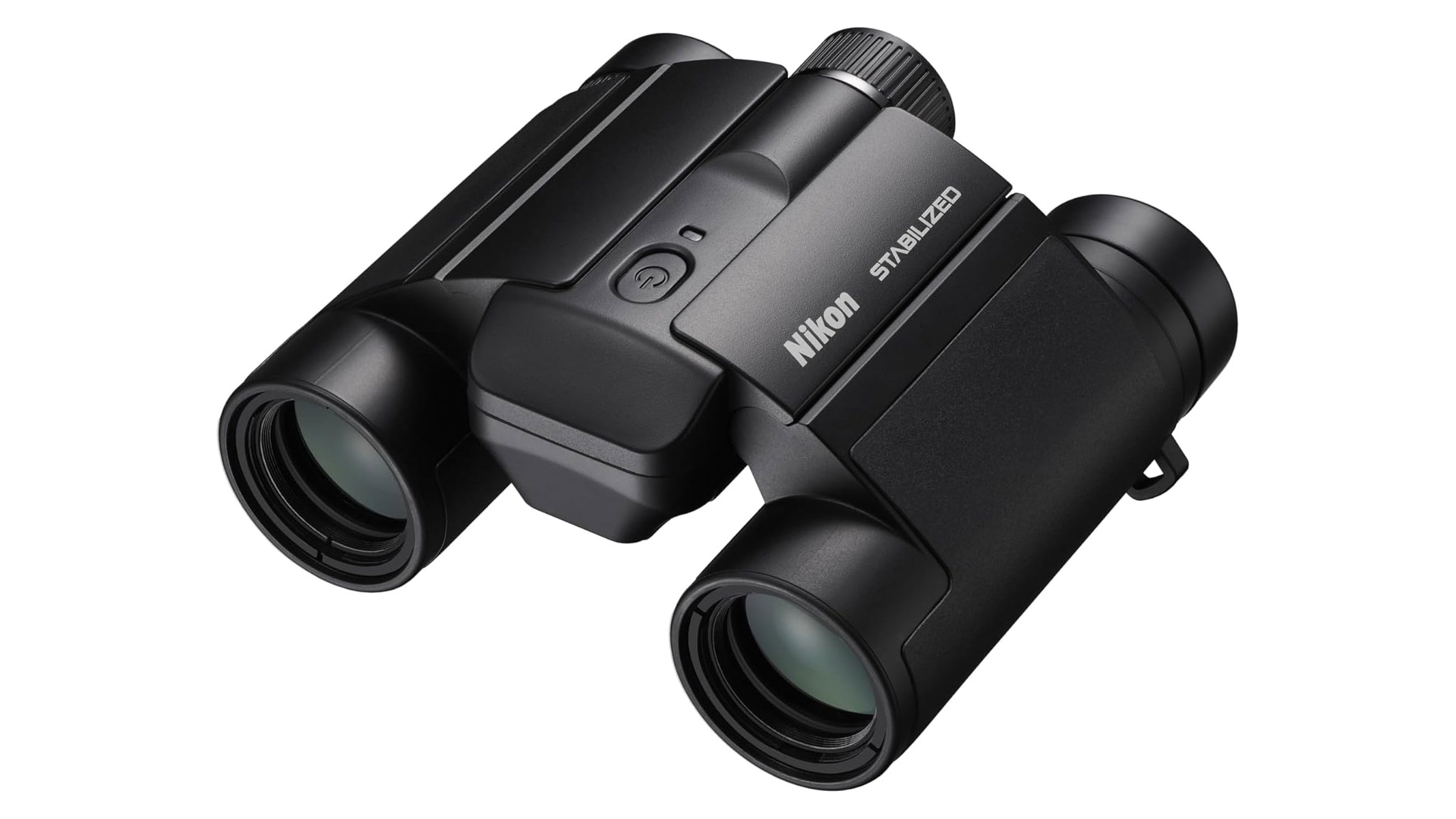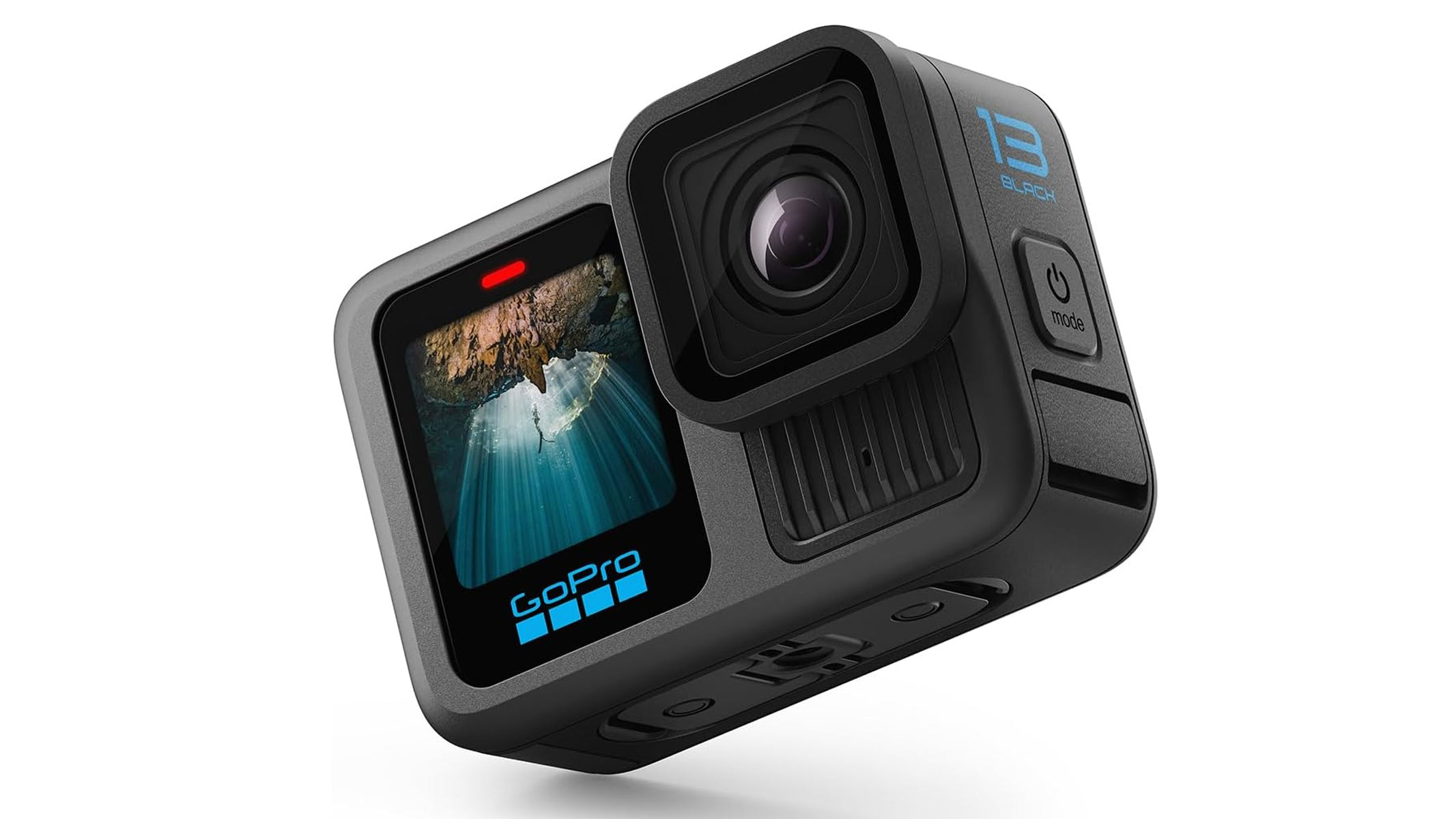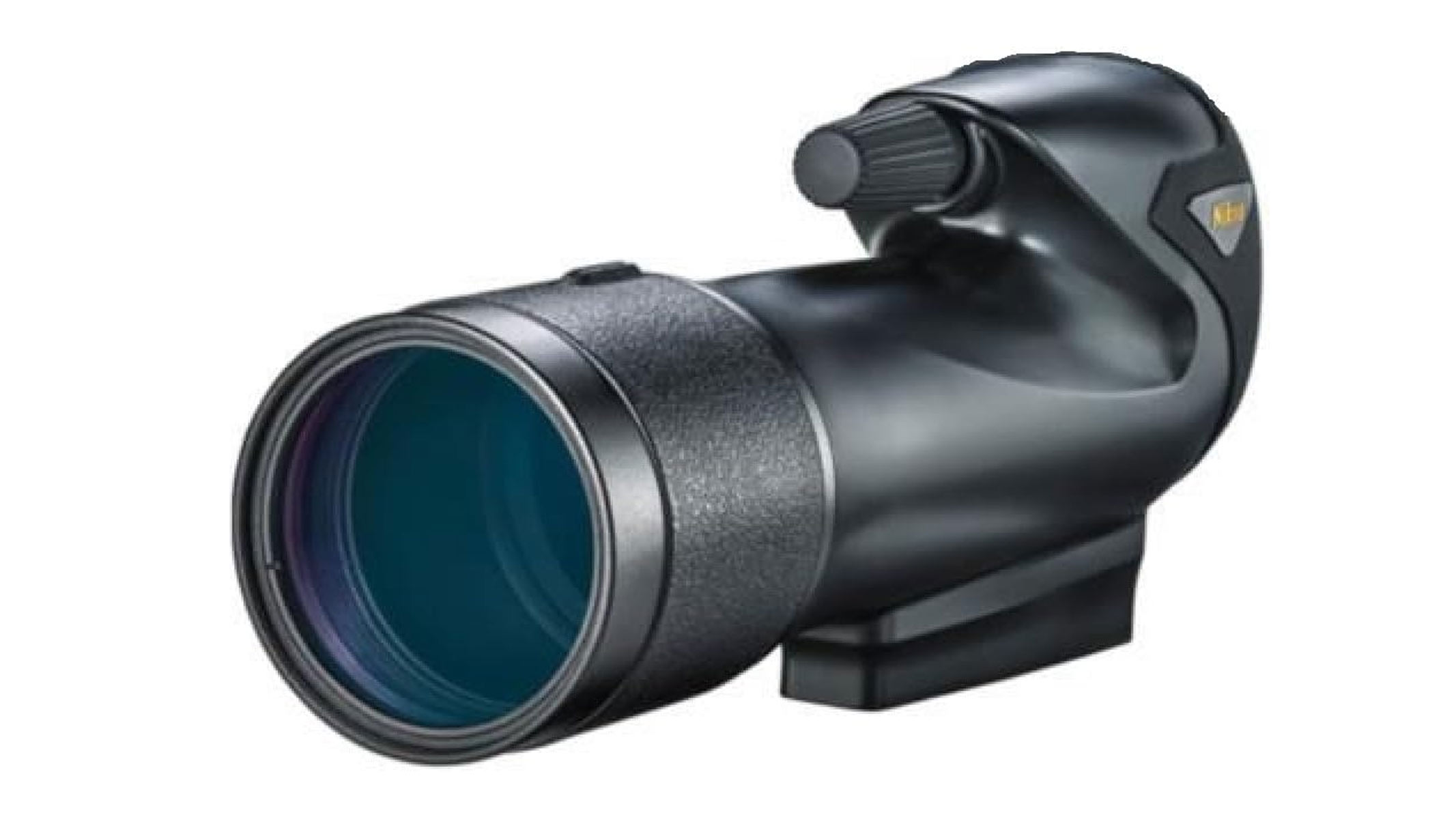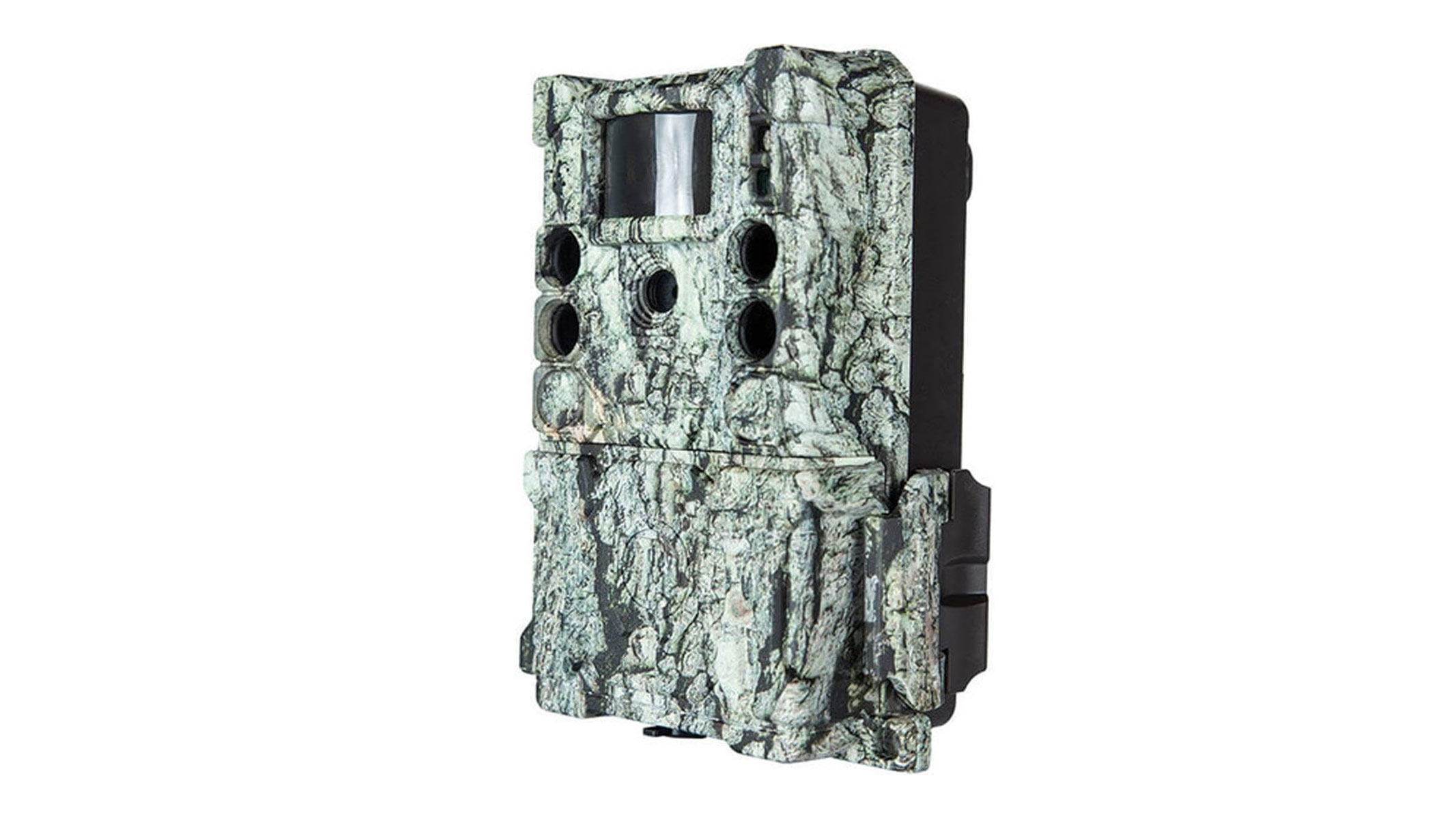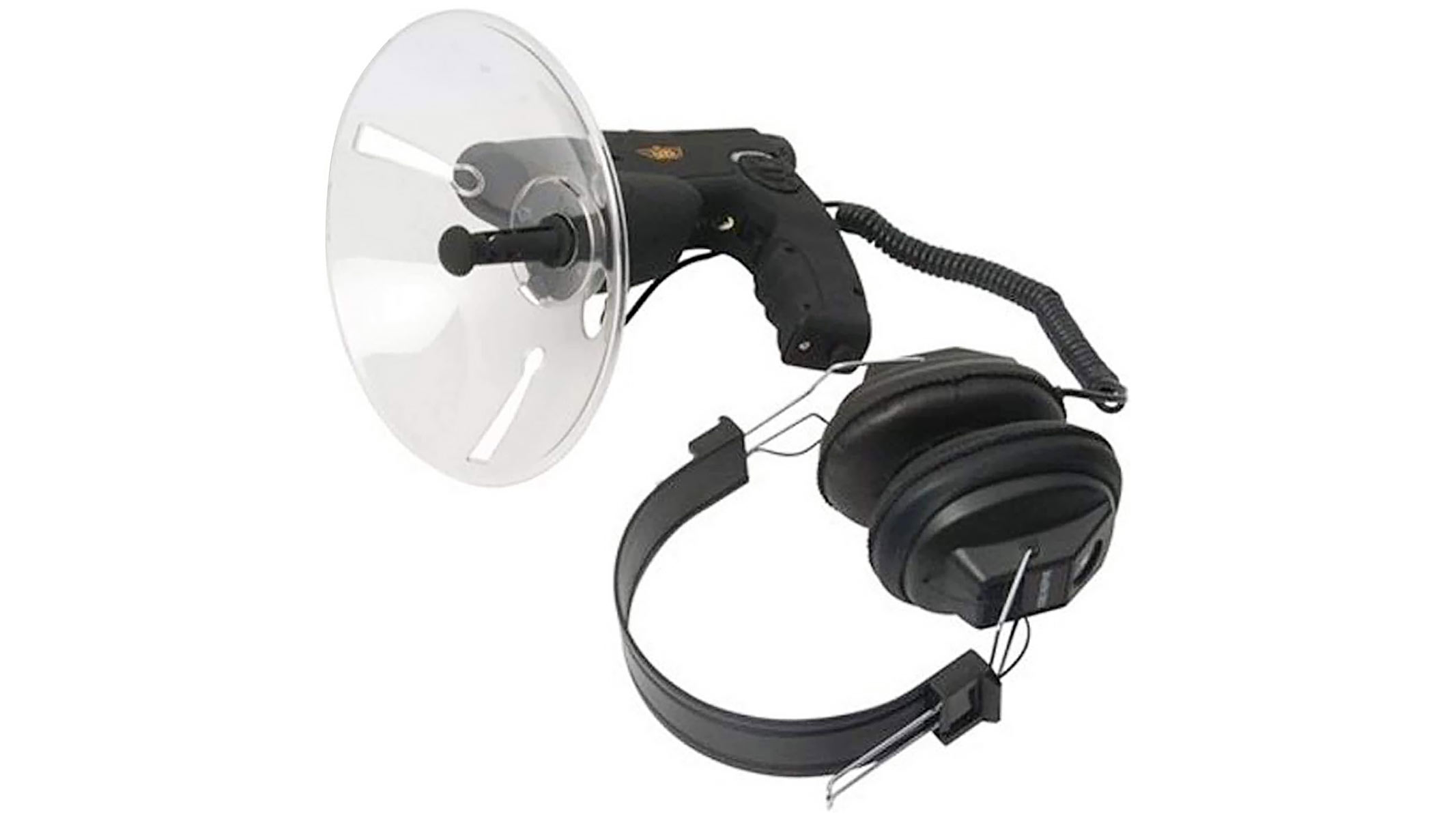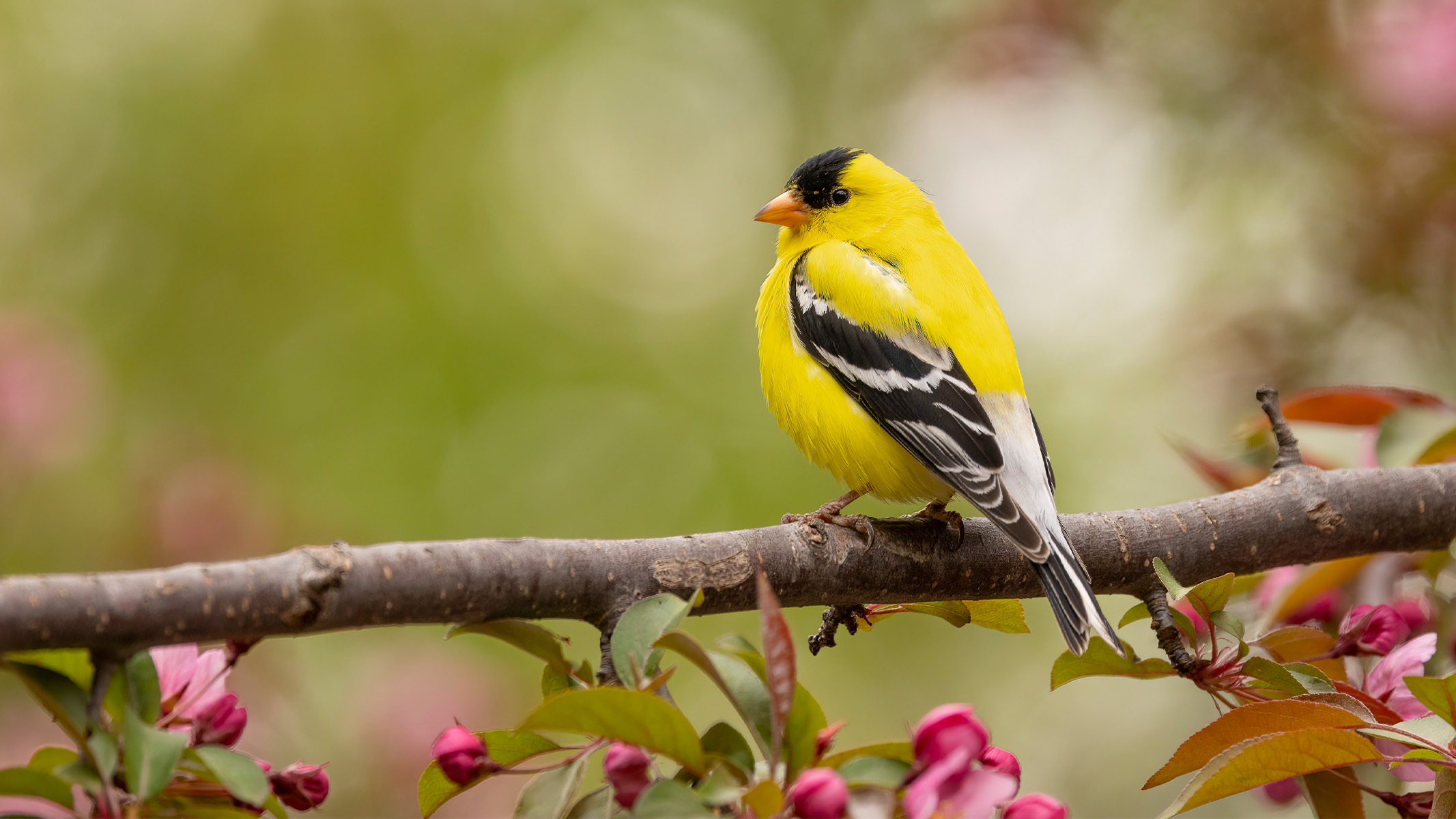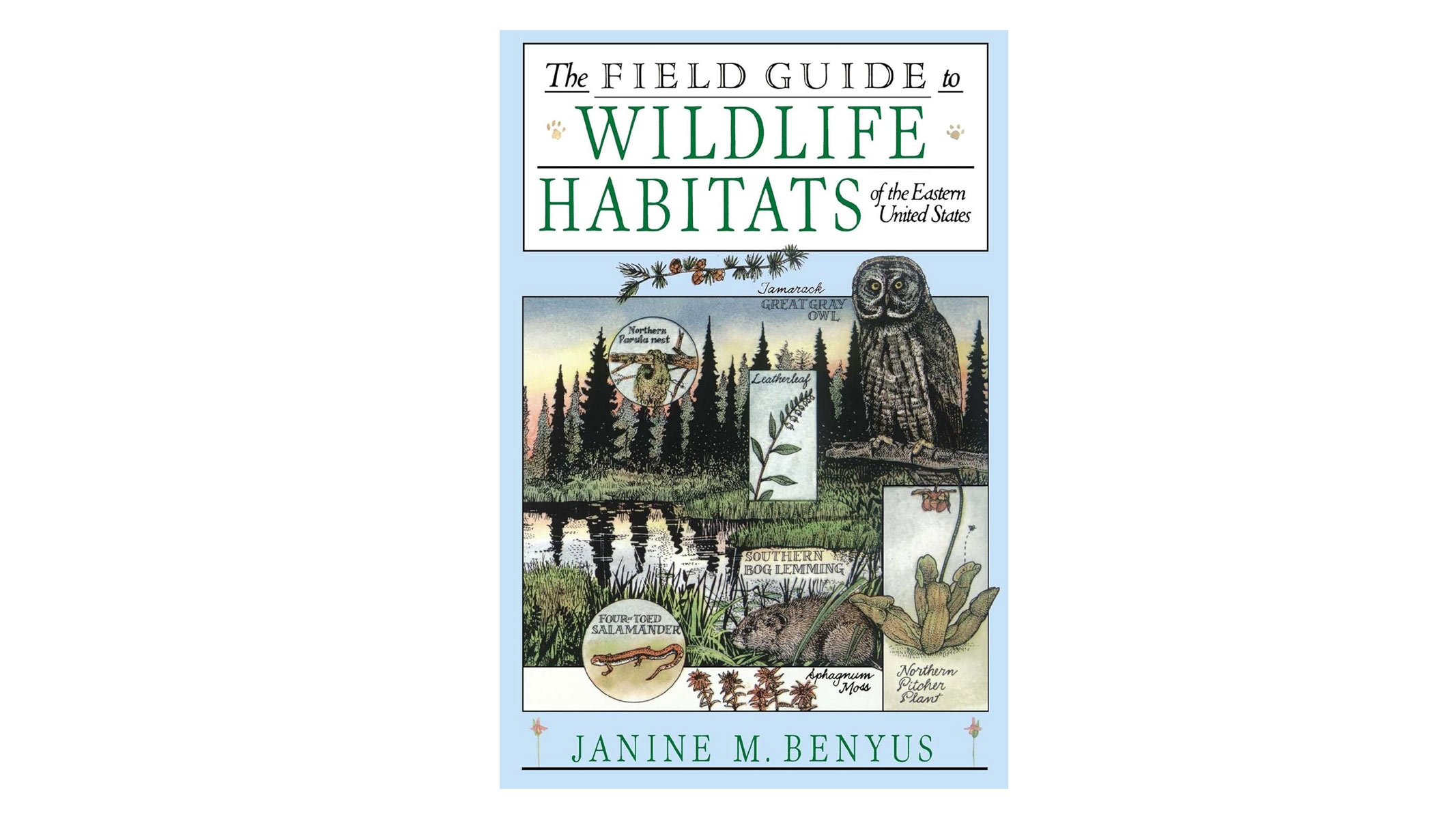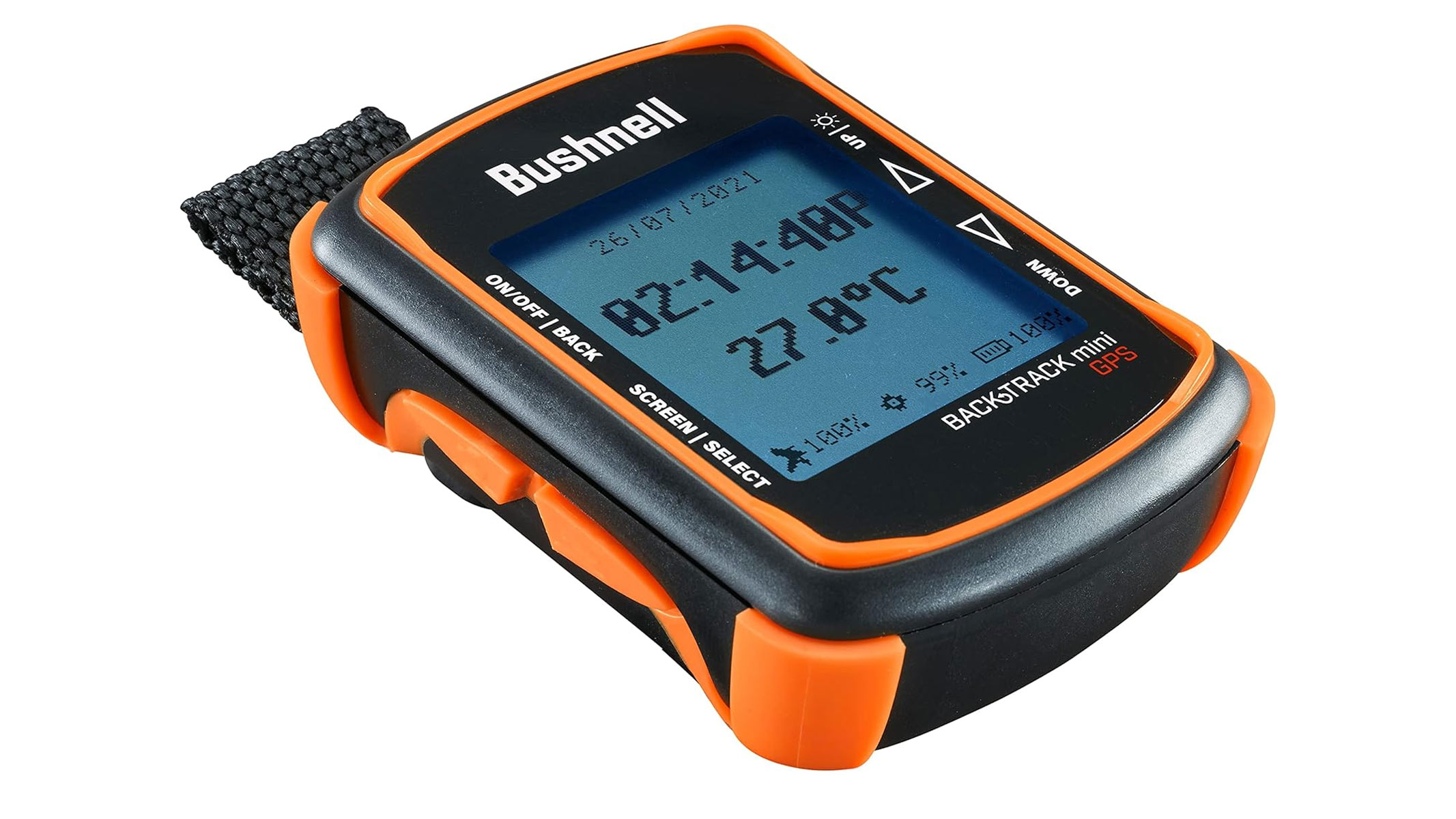Nothing is more pleasing than watching nature do its thing, with research indicating time in nature is good for our wellbeing. While the naked eye is as good an observation tool as any, sometimes we want to get a bit closer to nature. This is where some of the best wildlife observation equipment, such as binoculars, cameras, fieldscopes and microphones, amongst other things, can be useful. This equipment allows you to connect with nature on a more intimate level and see and hear details you may have otherwise missed.
Which observation tool you need will depend on what you are viewing. For example, if you’re birdwatching, a pair of binoculars and a bird identification app would be useful, whereas if you’re seeking to spot bats, one of the best bat detectors is a must-have. If you’re trying to capture the mischievous thief who keeps taking your dog’s toys from the garden late at night, a trail camera would be best suited. We’ve covered a broad range of wildlife observation equipment to help you select the most appropriate device for your time in nature.
The quick list
The best binoculars
Lightweight and super compact, these binoculars pack a punch offering fab image stabilization for great views of your subject.
Read more below
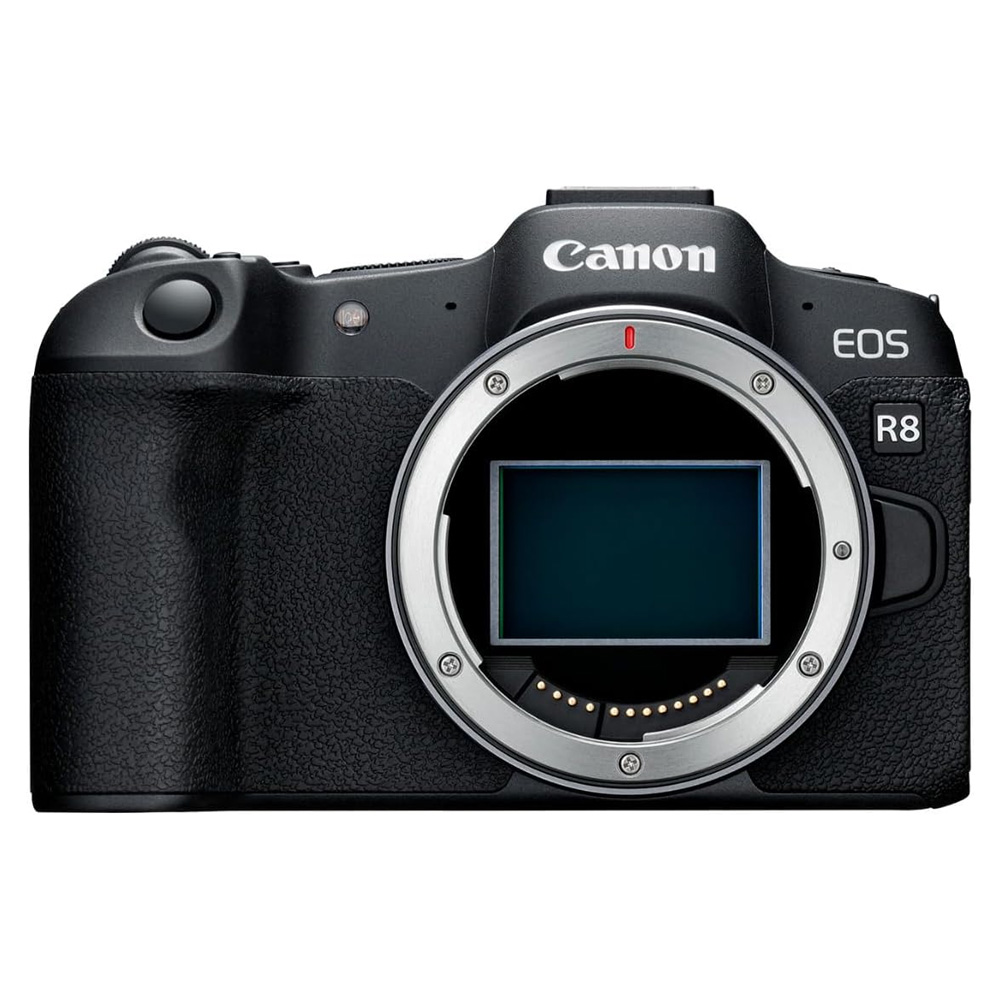
Canon EOS R8 with 70-200mm f 2.8 telephoto zoom lens
The best camera and lens
A lightweight camera body to balance a heavier lens, the Canon EOS R8 offers an impressive burst rate and autofocus for great photos of wildlife.
Read more below
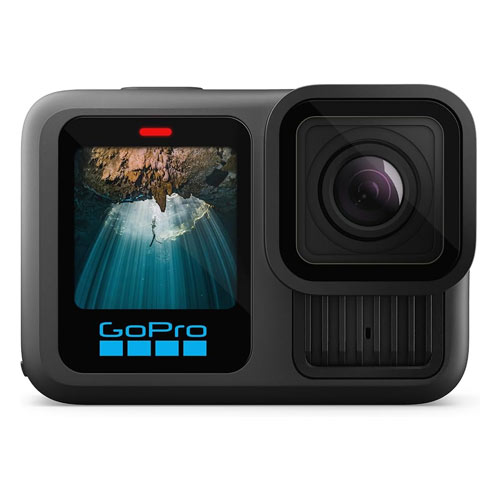
The best for underwater
Robust and durable, the GoPro Hero 13 offers waterproofing down to 10 meters and 5.3k video capture with unbeatable image stabilization for mesmerizing underwater videos.
Read more below

Nikon Prostaff 5 Fieldscope 60-A
The best spotting scope
With a large objective lens diameter, the Nikon Prostaff 5 Fieldscope 60-A performs well in low-light conditions, making it a good companion at any time of day.
Read more below

Bushnell Core S-4K No Glow Trail Camera
The best trail camera
Recording in 4k with a 110 ft night range, this trail camera can capture great footage of wildlife in many locations.
Read more below
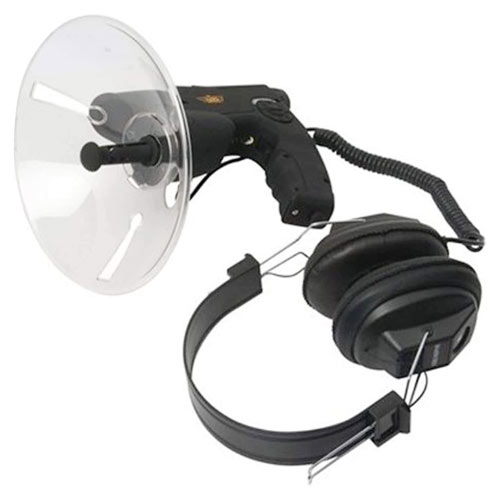
Parabolic microphone monocular
The best parabolic microphone
Get a monocular and microphone in one with this parabolic mic. Plus, it comes with headphones giving you everything you need to get started.
Read more below
Load the next 4 products ↴
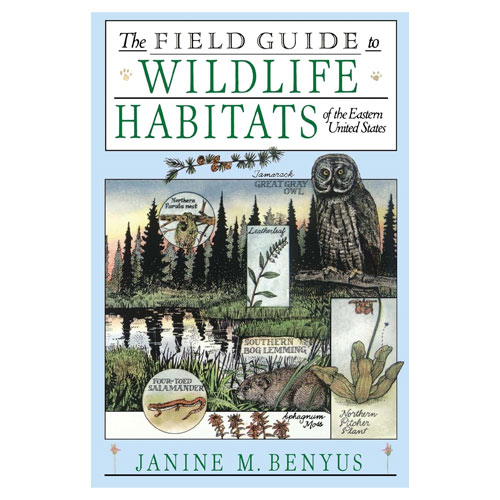
The Field Guide to Wildlife Habitats of the Eastern United States
The best field guide
Although dated, this guide remains popular, allowing readers to learn how flora, fauna and animals interact in their habitats. Observation tips are also shared.
Read more below
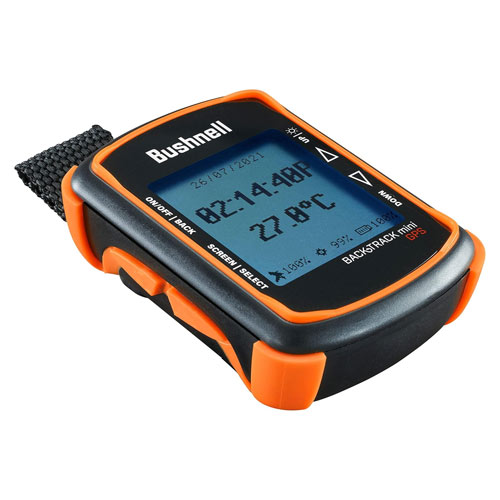
Bushnell BackTrack Mini GPS
The best GPS
A dinky GPS unit with multiple useful features to help you track your route and even share them with your friends. A must-have for any hiker.
Read more below
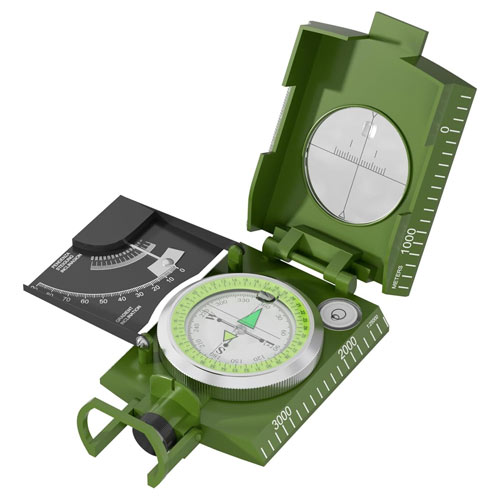
Queuerpt Precision Professional Military Compass
The best compass
Made from steel, this military compass is durable, waterproof and temperature-resistant, meaning it can withstand use in most natural environments.
Read more below
The best wildlife observation equipment we recommend in 2025: Hand-picked by our experts.
Why you can trust Live Science
Our expert reviewers spend hours testing and comparing products and services so you can choose the best ones for you. Find out more about how we test.
The best binoculars
The Nikon 12×25 S binoculars are a tiny and portable pair of compact binoculars, perfectly designed for wildlife enthusiasts. They measure only 10cm on their longest edge which makes them tiny. They fold away easily into a pocket while you’re out and about, while their body design also makes them comfortable to carry in your hands, whether walking along or observing wildlife.
Weighing only 395 g, these binoculars can be carried around all day. Their weight means they can be carried around the neck without them pulling or tugging or causing any aches and pains. Furthermore, while observing wildlife, your arms and shoulders will take a while to ache as these are dinky and light.
The real bonus of the Nikon 12×25 S’ are the image stabilization. While we haven’t yet had a chance to fully review these binoculars, we have got our hands on them and have played about with the image stabilization at short and long distances. We were impressed and think they are some of the best image-stabilized binoculars on the market. The image stabilization is so easy to activate — simply press the power button on the top and it switches on. It’s powered by two AA batteries that will give approximately 12 hours of battery life. Not only this but there is an automatic power-off function when the binoculars have been inactive for 60 seconds. This will help save battery life and is a thoughtful addition by the designers.
Furthermore, their close focusing distance of 3 meters makes them ideal for bird-watching and wildlife observation. You can focus at a distance but also pretty close up to see the finer details.
While there is a lot to love about these binoculars, no product is ever entirely perfect. They are an expensive pair of binoculars but if your budget stretches that far, they’re a great investment. If not, you might want to consider a slightly cheaper image stabilized pair such as the Canon 10×20 IS binoculars, or even ditch the image stabilization completely and go for a cheaper compact pair such as the Nikon Prostaff P7 10×42.
If you are a glasses wearer, the eye relief on these binoculars is not so suitable to glasses and users have reported that the hinges become loose after a while.
Read more: Our review of the Nikon 12×25 S binoculars will follow soon.
The best camera and lens
Buy it if
✅ You want to use full-frame straight away: This camera is a good option for anyone new to wildlife photography without feeling overwhelmed by full-frame.
✅ You need a fast burst rate: It has an impressive 40 FPS electronic burst rate.
Don’t buy it if:
❌ You need image stabilization: There is no in-built image stabilization for images but there is for video.
❌ You need a fully weather-sealed camera: Sadly, this Canon isn’t fully weather sealed so may not be as suitable in wet or dusty environments.
The bottom line
🔎 Canon EOS R8 This camera boasts impressive specs for its price, offering a chance to step up from crop-sensor models ★★★★½
Weighing only 414 g, this Canon camera is ideal for traveling, which is also what makes it a great option for wildlife photography and observation. In our review of the Canon EOS R8, we noted that the grip was deep enough to be able to shoot comfortably for long hours. This is exactly what you need while wildlife observing, as you never know how long you might be waiting to spot the animal you’re hoping to see with your camera poised. Plus, having a lightweight body is advantageous as telephoto lenses can be heavy and bulky. While we recommend the 70-200mm f/2.8 telephoto zoom lens to get great photos of your natural subjects, it does weigh over 1 kg, so you can see why having a lighter camera body can help.
If you’re new to using a camera for wildlife observation, don’t despair. The Canon EOS R8 is ideal for beginners as well as professionals. It has a decent autofocus for those who are new to taking photos of wildlife and animal eye detection. While it struggled with fast-moving forward subjects, such as dogs running towards the camera, for slow-moving animals, this function will come in handy.
This Canon also boasts one of the faster burst rates, with it being capable of 40 FPS when using the electronic shutter. However, the mechanical shutter can handle 6 FPS. For those new to this type of photography, the pre-shooting option gives you some wiggle room as it captures images half a second before the shutter is fully pressed. This is useful if you miss your subject by a whisker.
Another benefit of the Canon EOS R8 is that it performed well in low-light conditions during our testing period. This opens up a world of wildlife observation, allowing you to take photos at either end of the day when some animals may be most active.
Sadly, this camera isn’t fully weather-sealed, so this is something to be mindful of if you’re likely to be using it in wet or dusty environments.
Read more: Canon EOS R8 review
The best for underwater
With adequate waterproofing down to 10 meters, this GoPro is the perfect companion for anyone who prefers to do their wildlife spotting underwater. It even boasts a water-repelling lens cover that reduces flare, keeping any shots you capture crystal clear. While it has impressive underwater capabilities, it can also handle mud and snow making this a truly durable piece of wildlife observing equipment that you don’t need to be fearful of ruining.
The GoPro Hero 13 captures videos at 5.3 k with HDR video, meaning you can capture professional-quality videos with vibrant colors. It is also the first GoPro with Burst Slo-Mo, allowing you to capture breathtaking slow-motion videos of natural phenomena. Furthermore, the 10-bit color enhances the color depth and provides a more realistic image, allowing you to capture the true colors in front of you. However, users report that it doesn’t perform well in low light conditions so, for wildlife observation, this might not be the best option for dawn or dusk observations.
GoPros are well known for their image stabilization and the Hero 13 is no exception. Using HyperSmooth 6.0 technology for better video stabilization, you are guaranteed flawless videos. Because of this image stabilization, you can also take high-res stills from your videos.
Once you’ve captured your natural subject on video or via stills, you can easily transfer your footage from your GoPro to your phone. If you have a GoPro subscription, you also have access to unlimited cloud backup with everything being automatically backed up at 100% quality.
If you’re concerned about battery life, the GoPro Hero 13 houses the new 1900mAh Enduro battery which has an improved connector for better efficiency. Plus, it can record continuously for 2.5 hours, giving you plenty of time to capture your natural subjects without the fear of your battery dying. However, the battery life does receive mixed reviews on Amazon with some users explaining it only lasts around an hour, not the 2.5 hours as advertised. Another downside is that this new battery isn’t compatible with older GoPro models.
The best spotting scope
The Nikon Prostaff 5 fieldscope 60-A has an objective lens diameter of 60 mm which means the scope is able to gather more light, giving you a clear, high-resolution and bright image. Because of the larger lens diameter, it can be used in low-light conditions, so either side of the day, when you may be more likely to see various animals as they rise. The multi-coated lenses and prisms also aid the brightness of the images. While some scopes can suffer from chromatic abberations, this is controlled and kept to a minimum on this fieldscope.
Weighing a little on the heavier side than a pair of binoculars, this fieldscope’s design is ergonomic so even though it’s heavier, it is still comfortable to handle. What’s more, it is waterproof up to 1 meter for 10 minutes so it can easily handle a downpour. This makes it ideal for those who may spend hours in nature observing wildlife where the weather may be temperamental. Another additional benefit is that the Nikon Prostaff 5 60-A is fogproof so you don’t have to worry about temperature changes causing fogging up of the lens.
While this fieldscope may suit those who are new to observing nature and wildlife through this means, it is an entry-level fieldscope so those with some experience or looking to add to their collection may want to look elsewhere.
The best trail camera
As the name suggests, the Bushnell Core S-4K No Glow Trail Camera records in 4k giving you high-quality image and videos of wildlife. It also has a camouflage design, allowing you to easily hide it from wildlife. The design is not the only thing that makes it difficult for animals to detect — it is ‘no-glow’ which means it uses an infrared flash that is not detectable to humans or most animals. This is important when observing wildlife as the last thing you want to do is disturb them so they move. This trail camera also has a 110 ft night range, meaning it can capture images of animals 110 ft away in the dark using this infrared flash. However, some users report this not being the case, with some reporting that it struggled at around 30 feet.
While the trail camera is battery powered, taking six AA batteries that are not included, it is also solar compatible, meaning you can power it from solar panels. This allows you to have the camera working pretty much indefinitely, rather than having to change the batteries. This option is better for the environment which is something most wildlife enthusiasts will be concerned about. However, most people do not have solar panels and so this function may only be used by a few, with most people relying on batteries. This makes this product a little less climate-conscious.
Overall, reviews of the Bushnell Core s-4K No Glow Trail Camera are positive. People comment on the night vision being good, allowing for clear images. However, others note that it struggles to pick up quick animals, such as foxes, as these are too quick to be caught by the sensor. Furthermore, while it is water-resistant, it is not waterproof so caution should be used if leaving it out.
The best parabolic microphone
This parabolic microphone monocular is actually a two-in-one device. It has a removable parabolic dish mounted to the front, next to the highly sensitive microphone, which channels distant and faint sounds through the equipment and outputs the audio straight to the included headphones. But the gun-shaped device also features a monocular mounted to the top of the unit so that observers can spot wildlife at a distance and reposition the microphone accordingly.
The microphone can record faint wildlife sounds (like birds, mammals, reptiles etc) at up to 300 feet (91 meters) with the sensitivity able to be adjusted through the dial on the side of the handset.
While the parabolic microphone monocular only has a 3.5mm jack audio output, this can be linked to your smartphone, tablet, laptop or other digital device so long as your device has a 3.5 mm jack input (or you purchase a compatible 3.5 mm jack to USB adapter). That allows wildlife observers to link up the much more sensitive microphone to wildlife calling apps, like the bird call app Merlin Bird app for improved sensitivity and therefore more detailed results.
Audio can be recorded in chunks of 12 seconds and features instant playback using the buttons on the side grip. This is useful for those that want to transfer the sounds to a smart device or computer, or save them for future playback through the headphones or sharing sounds with others in a group.
The shipment arrives with the microphone monocular, parabolic dish, headphones, a user manual and cleaning cloth for the optics but the 9V battery required to power the device is sold separately.
The best for bird identification
The Merlin Bird ID App was designed and developed by Cornell University. It allows you to ID birds from photos or recordings so while you’re out on a walk, you can hit the ‘Sound ID’ button and capture the calls of the bird you want to identify. The app listens carefully and suggests an identification. Once you have got your bird identified, you have the option to cancel the recording, so it is not saved, or save the recording. If you press save, the recording of the bird and your location will be stored for you to go back to later, if needed. This is useful if you want to remember where you heard a particular bird and revisit that spot to see if you can see them again. There is also the option to save your birds to your life list. This is great for birders who want to log what birds they’ve seen or heard.
Although experienced twitchers may be familiar with bird sounds, for those new to the hobby, the sound ID function on the app is particularly useful. After a while, you can start to identify birds by their calls. This is an amazing thing to be able to do and it can also help you to birdwatch more effectively — once you know what birds are around because you recognise their calls, it may also provide some hints of where to look.
Another way you can identify birds via the app is through the photo ID function. You may have a picture on your phone that you can upload or perhaps you’ve managed to snap a quick shot of a bird before it flew away. Once the image is uploaded, the app will suggest a match. The interesting thing about the Merlin Bird ID App is that it is based on community efforts. Every sound recording or photo you upload helps the AI suggestion tool to learn about what birds are found in what regions and then use this knowledge to inform others of the birds near them. However, due to this, there are sometimes inaccuracies in identification. For example, the app can sometimes struggle to identify birds if a bird is mimicking.
There is so much more on the app to explore beyond bird identification. Every day, you are suggested a ‘bird of the day’ where you can read about a bird likely to be seen or heard within your area. The app uses maps to show where birds are likely to be found and when, which is a helpful guide to anyone new to birdwatching.
And as if it couldn’t get any better, the app is entirely free. Yes, free! The sound ID function also works totally offline so you don’t need to be concerned about data and signal when out and about. You really can use this app anywhere. However, one downside is that the sound ID function isn’t available globally just yet. They are always adding places but it’s mainly available in the USA, Canada and Europe with some species in Central and South America and India also able to be identified through the sound ID function.
Available on both Apple and Google Play.
The best field guide
If you’re looking for a book to help you understand ecosystems, this is it. Sadly, it only covers Eastern United States so if you live elsewhere, it probably won’t help you. Although, saying that, there may still be nuggets of information that you can generalize to elsewhere in the world.
Written by an outdoors expert, Janine M. Benyus, and published in 1989, some might think this book is dated but people are still purchasing it today. Reviews note that it is dated but still timely, with it receiving 4.6. stars on Amazon alone.
This field guide explains how flora, fauna and animals interact in their habitats, giving the reader a real sense of the relationships between various aspects of nature. It also gives observation tips on observing wildlife so you can apply what you’ve learned to areas you visit. Many people note the level of detail provided in this book of the 20 habitats found in Eastern United States. However, some readers mention that when the authors suggest where you can find these habitats, they only mention places within the national park system. Some readers would have liked other places noted.
Not only does this book provide generous detail of the habitats found within the region but there are illustrations to help you identify various elements of the habitats. This is particularly useful to those new to wildlife observation.
The best GPS
The Bushnell BackTrack Mini GPS fits in your palm — it really is that tiny. This makes it great for popping in your pocket while you’re out and about hiking. If you worry you’ll get lost without cell signal, you won’t need to worry if you have this stashed away. The BackTrack Mini can guide you back to your starting point with ease, as it tracks your trip.
Its rugged design makes it durable plus it’s waterproof, allowing you to use it in all weathers. It also has an incredible battery life of 35 hours so you won’t need to worry about it cutting out partway through a hike. And, for those who are climate conscious, it is rechargeable meaning there is no battery waste. It’s simple to charge using a Micro USB.
While the BackTrack Mini captures your trips, connecting to the Bushnell Connect app via Bluetooth allows your trips to be stored. This means you can share your trips with friends which is a nice addition if you have spotted something in particular that you know your friends would also be keen to see.
Although this GPS is super small, the screen is a good size making up most of the device. The buttons can be used even if you’re wearing gloves which is a thoughtful design decision. However, some users have commented that the buttons can be difficult to press with others commenting the device is a little too dinky.
Not only does this GPS track and store your routes, it can also give you elevation gain and decline as well as barometric pressure. If you’ve been out all day and are wondering when sunset might be to ensure you get back in time, this device can also provide that information as well as moonrise and moonset times. A very useful feature for those who may lose track of time while observing nature.
The best compass
While technology gets us so far, if you were ever caught out without GPS, a compass would be essential. Although deemed as ‘old-fashioned’ now, a compass is an invaluable tool when we’re out on our own, or with some friends, hiking and observing wildlife. You always want to ensure you can get back to base and a compass can be a last resort so it’s always wise to carry one with you.
This military style compass is durable, being made from steel and glass. The solid metal construction does make it heavier than other compasses but this one is built to last. Rather than a plastic outing, the metal construction means this compass can withstand all sorts. Plus, it’s weather-resistant, being waterproof and temperature-resistant. This means you can take it anywhere, any time of day, assured that it will perform well. It also handily comes with a hanging cloth bag and rope, meaning you can tie it onto your bag or belt to reduce the burden of its weight.
While you may be out in the middle of the day observing wildlife, if you were to take a hike in the early hours or at dusk, this compass is still a good companion. This is because the dial glows in the dark, allowing you to successfully navigate even in low-light conditions.
This compass has been thoughtfully crafted. There is a small magnifying glass allowing you to clearly see your orientation with immense accuracy and you can also measure the slope and gradient inclination of your route. As it is more than just a 360-degree compass, this makes it better suited to those who have used compasses before and can decipher the necessary information to track their route.
Best wildlife observation equipment: comparison
|
Product |
Observable distance |
Power source |
Suitable for |
Waterproof |
Weight |
|
Nikon S 12×25 |
79 m / 236 ft |
Battery |
Birdwatching, observing wildlife |
No |
395 g / 0.87 lbs (without batteries) |
|
Canon EOS R8 with 70-200mm f 2.8 telephoto zoom lens |
200 m / 656 ft |
Battery |
Wildlife photography |
No, weather-resistant |
414 g / 0.93 lbs |
|
GoPro Hero 13 |
Up to 75cm / 2.46 ft |
Battery |
Underwater videography and photography |
Yes |
159 g / 0.35 lbs |
|
Nikon Prostaff 5 Fieldscope 60-A |
Unknown |
Battery |
Observing wildlife |
Yes |
750 g / 1.65 lbs |
|
Bushnell Core S-4K No Glow Trail Camera |
33.53 m / 110 ft night range |
Battery / solar compatible |
Observing wildlife |
Water-resistant not waterproof |
499 g / 1.1 lbs |
|
Parabolic Microphone Monocular |
91 m / 300 ft |
Battery |
Listening to wildlife such as birds |
Unknown |
700 g / 1.5 lbs |
|
Merlin Bird ID app |
N/A |
N/A |
Identifying birds either through sound or images |
N/A |
N/A |
|
The Field Guide to Wildlife Habitats of the Eastern United States |
N/A |
N/A |
Learning about wildlife habitats, observation tips |
N/A |
522 g / 1.15 lbs |
|
Bushnell BackTrack Mini GPS |
N/A |
Battery |
Tracking routes when wildlife spotting |
Yes |
57 g / 0.13 lbs |
|
Precision Professional Military Compass |
N/A |
N/A |
Hiking while wildlife spotting |
Yes |
295 g / 0.65 lbs |






